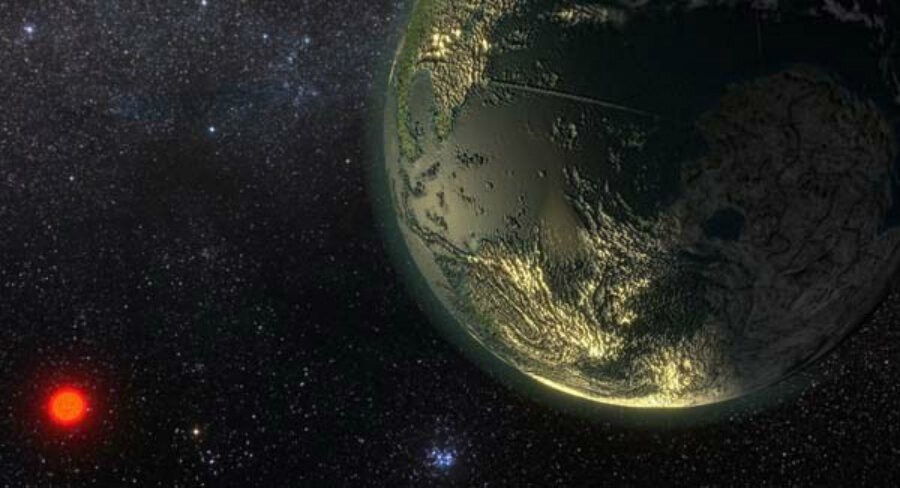Researchers discover 60 new planets: Could you help find the next?
Loading...
How many planets are there? New research is changing the answer – and you could be part of it.
From their Hawaii-based observatory, an international team of astronomers observed 1,600 stars for two decades. In the process, they discovered 60 new planets outside our solar system, as well as evidence of 54 more. Chief among them is Gliese 411b, a hot “super-Earth” 8 light years away.
These discoveries turn conventional wisdom about planets on its head. Historically, it was assumed that few stars had planets, but it now looks like there could be an almost infinite number of planets beyond our solar system. That, in turn, may affect astronomers’ understanding of how these systems are created.
“It is fascinating to think that when we look at the nearest stars, all of them appear to have planets orbiting them. This is something astronomers were not convinced about, even as little as five years ago,” Mikko Tuomi of the University of Hertfordshire’s Centre for Astrophysics Research in Hatfield, England, said in a university press release. “These new planets also help us better understand the formation processes of planetary systems and provide interesting targets for future efforts to image the planets directly.”
The Lick-Carnegie Exoplanet Survey, which is responsible for the research, was started in 1996. In the decades since, it has used powerful telescopes like Keck-1, and associated tools, to help scientists study the movement of stars. The recent research is based on almost 61,000 observations of 1,600 stars.
Using a technique known as radial velocity to measure tiny changes in the color and location of target stars, the astronomers were able to surmise the presence of planets.
That’s how they found Gliese 411b, which orbits the star Gliese 411. Located in the fourth-nearest star system to the sun, it is the third-nearest planetary system to the sun, and has a rocky surface and a mass that is about 40 percent that of the sun. Researchers have dubbed it “super-Earth,” though Dr. Tuomi told Fox News that Gliese 411b is actually too hot to sustain life.
To Tuomi, identifying the locations of these planets provides an “observational roadmap” for future study.
“This is like mapping an archipelago so that we are familiar with it in the future when taking a closer look at what its islands actually look like,” he told Fox News.
For now, Gliese 411b is one of the few planets that scientists have been able to confirm. But could soon change. On Monday, a team led by the Carnegie Institutes of Science that includes researchers from the Massachusetts Institute of Technology in Cambridge, Mass., released the dataset. To make it user-friendly, the data comes along with an open-source software package and an online tutorial on how to process it.
Their goal? Encourage people, whoever they are, to look at the data – and hopefully find their own planets. It’s part of a broader move toward crowdsourcing astronomy.
“I think this opens up possibilities for anyone who wants to do this kind of work, whether you’re an academic or someone in the general public who’s excited about exoplanets,” Jennifer Burt, a postdoctoral fellow at MIT’s Kavli Institute for Astrophysics and Space Research, told MIT News. “Because really, who doesn’t want to discover a planet?”
The research will appear in a forthcoming issue of The Astronomical Journal.








